Substack vs Medium: A comparison of two popular publishing platforms

Photo by Lucas George Wendt on Unsplash
Publishing platforms and newsletters give writers the opportunity to monetize their writing in a meaningful way. Instead of creating affiliate programs or filling their platforms with advertising, they are able to spend their time doing what they love — writing.
The exchange is mutually beneficial between creators and members. Writers get paid to create content, and readers are given the opportunity to read the content they enjoy, all while having an uninterrupted ad-free experience. Whether you're a blogger, journalist, or an aspiring writer, this comparison will help you make an informed decision about which platform best meets your needs.
Substack
Substack's primary focus is to empower writers and provide them with the tools they need to succeed. The platform offers various features that cater to the needs of independent content creators. From monetization opportunities to audience ownership, Substack allows writers to take charge of their creative journey and build a sustainable career.
Features and pricing
Marketed as “a place for independent writing,” Substack offers writers the chance to start a paid newsletter business, build community, and make money from subscriptions. They claim that zero tech knowledge is required and they aim to “take care of everything except the hard part (the writing itself).” They promise “true independence” where the writer keeps the copyright to all their content.
How it works is fairly simple. Writers can import existing content they wrote on other platforms such as Mailchimp, WordPress, Tinyletter, Medium, Tumblr, and even some custom-built sites, or they can set up a new site from scratch in a couple of minutes. Once live, the creator chooses which posts are free and which are gated behind the Substack paywall. Substack takes 10% when a creator starts monetizing, but until then, the platform is completely free. The Substack team claims you can “start your Substack at breakfast; start bringing in revenue by lunchtime.” Here’s how to do just that.
Dashboard/Posts
The Dashboard page displays any posts you may have previously published, along with some high-level stats of your most recent post. These stats include: total views, number of email recipients, and open rate.
Here you’ll also see a variety of buttons to start crafting your latest piece of content. Buttons include: create a new post, new podcast episode, or new thread. From this main dashboard, you can also access Subscribers, Stats, and Settings.

Within Substack, newsletters are referred to as ‘posts' and each post is also published on the writer’s Substack profile page. Once an account is active, Substack automatically creates a first draft post. The auto-message encourages people to sign up for the creator’s paid newsletter and share the launch on social media. You can edit or delete this first pre-populated post, or start writing the next post.
Substack posts homepage
Writing/editing starts with adding a title, subtitle, and author — you can even invite guest authors to contribute — then a rich text editor which offers the chance to add paragraph copy, headings, images, buttons, code, bold and italic text, quotes, and bullet points.
If you click the Settings button you’re given the chance to edit the post’s visibility. You can make the page private or public and choose to allow comments or not. On this page you can also edit the post’s publication date, URL, and secret “draft link” if you want to share the post with friends or family (even before it's published). You can send a test email or edit the social media preview to get the visuals just right before you send it to your readers.
Once you have scheduled or sent the post, you return to the Posts page where you can see how many people have read each of your posts.
Subscribers
The subscribers dashboard shows you the total number of subscribers and paid subscribers, gross annualized revenue, and subscriber numbers over the last 30 days, 90 days and all time. You can see the email address of all your subscribers as well as their subscription type (free or paid), date they signed up, and revenue per person.

To add more subscribers, you can manually add them by their email address or you can export your existing mailing list from MailChimp, TinyLetter, Patreon, and similar platforms to a CSV file and then upload it. The Substack upload tool will import any email address it finds, so only upload those who have opted in to your list.
Stats
On the Stats page you can learn about the amount of traffic that was driven to your site, and the number of emails you've sent over a 30-day or 90-day period, or since you launched the newsletter.
The Traffic tab displays the current month's new website visitors, as well as the source. This could be from the post itself, your substack profile page, or social media channels such as Twitter.
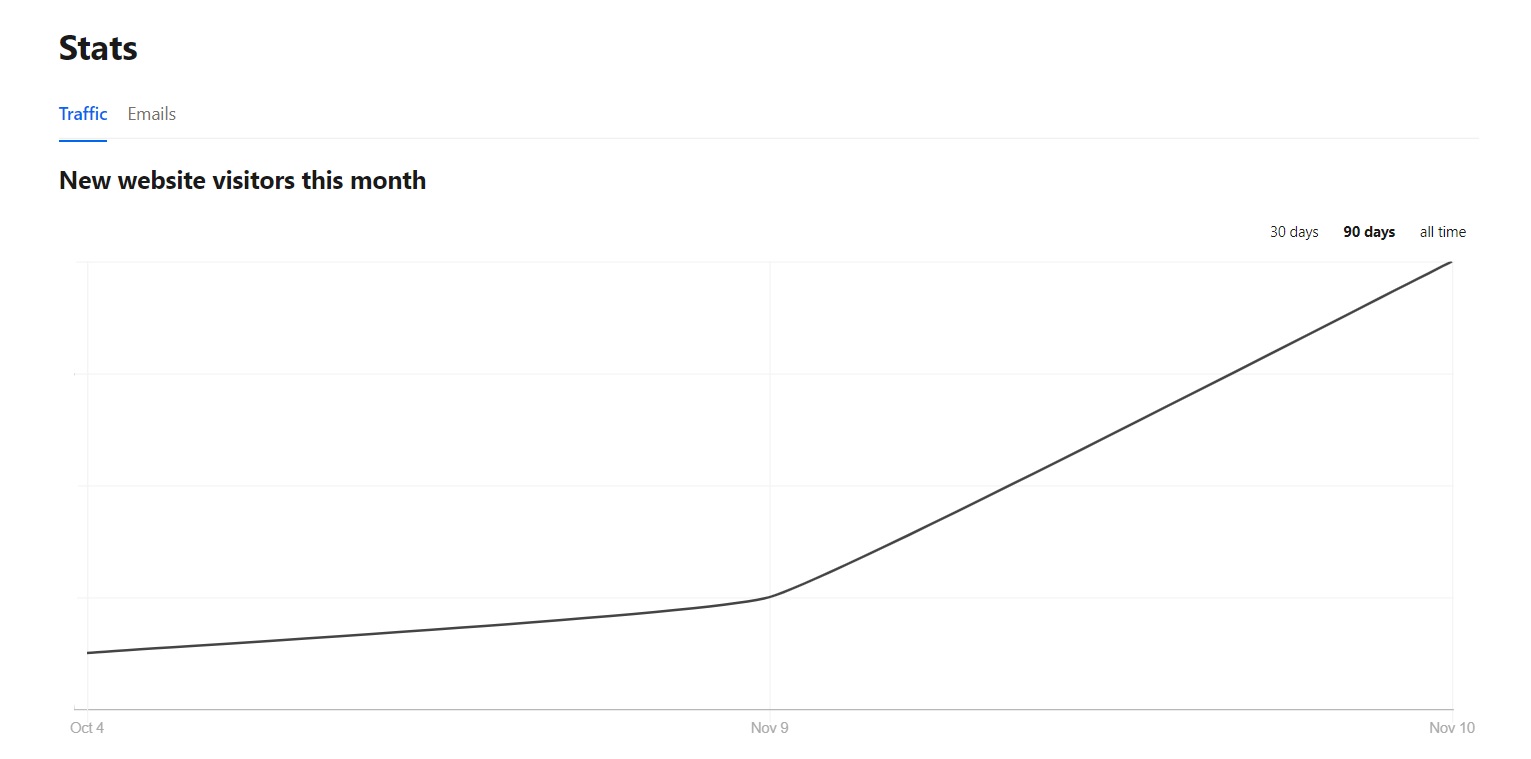
The Email tabs shows you detailed information on each post, including title, publication date and audience (public or private), as well as delivery stats such as number of opens, open rate, free/paid subscriptions after 1 day, and engagement (likes and comments).
Settings
Here you can change your publication name and description. You can also edit discoverability options (such as tags) and personalize your About page, to explain the benefits of reading your publication and becoming a subscriber.
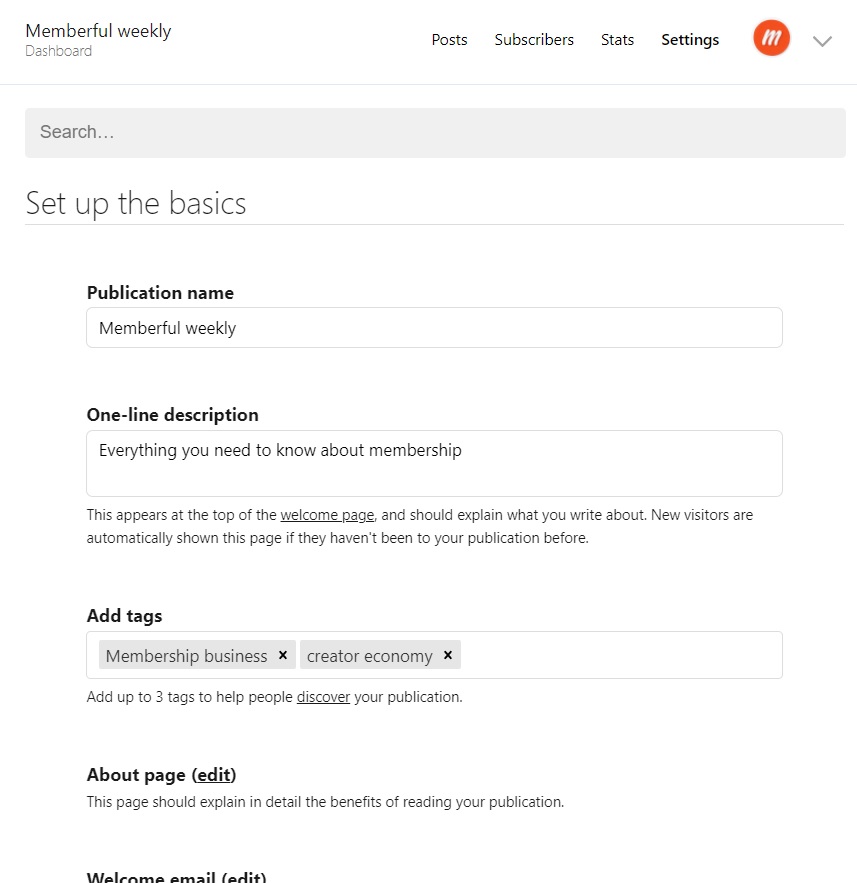
There are also plenty of options to customize the voice and visual brand of your publication, including your logo, cover photo, email banner, and welcome email text (which is sent to readers immediately after they subscribe). You can edit email sending options such as your sender name, whether you want to receive email replies to your posts and email address for RSS feeds such as [email protected]. Here you can also connect and disconnect your social media channels and Stripe for payment processing.
Compatibility and integrations
A crucial element of Substack’s offering is the chance to import content from numerous other platforms. This saves you time since you don’t have to manually copy and paste your content from each platform you frequent. Substack provides import functionality for the Mailchimp, WordPress, TinyLetter, Tumblr, website RSS feed, podcast RSS feed, Stripe and more.
That said, much of Substack’s focus on integrations is on data and tracking, so you can add a Facebook Pixel ID, Twitter Pixel ID, Parse.ly Pixel ID, Google Analytics Pixel ID, Google Tag Manager ID, Google Site Verification, and Facebook Site Verification.
These pixels allow for monitoring your readership/engagement levels and some create an integration with advertising platforms. For example, if you add your Facebook Pixel ID (found on your Facebook Business Page) to your Substack, Facebook can track audiences for relevant advertisements.
Medium
Medium, on the other hand, is a content creation and publishing platform that hosts a range of articles from various authors. It serves as a community-driven discovery platform, where writers can reach a large audience and engage with readers and online publications with similar interests. Medium offers a simple interface, extensive social features, and a built-in distribution network.
Features and pricing
Medium.com offers a wide range of functions and features for readers and content creators. It has become a go-to platform for individuals and organizations to share their ideas, stories, and knowledge with a global audience.
You can easily create and format articles using a simple and intuitive editor. Medium provides a distraction-free writing environment with essential formatting options such as headings, lists, images, and embedding multimedia content. Once you have written an article, you can publish it to make it available to the public or restrict it to specific audiences.
Unlimited access costs $5 USD/month when paid monthly or $50USD/year when a year is paid for upfront.
Dashboard/Home
Similar to social media platforms, Medium offers an extensive network of readers and followers who actively seek out interesting content. Through the platform's algorithms and curation system including an ‘editor’s choice’ newsletter, articles have the potential to gain visibility and reach a large audience. This exposure can help creators and writers connect with readers, build a following, and increase their influence in their respective fields.
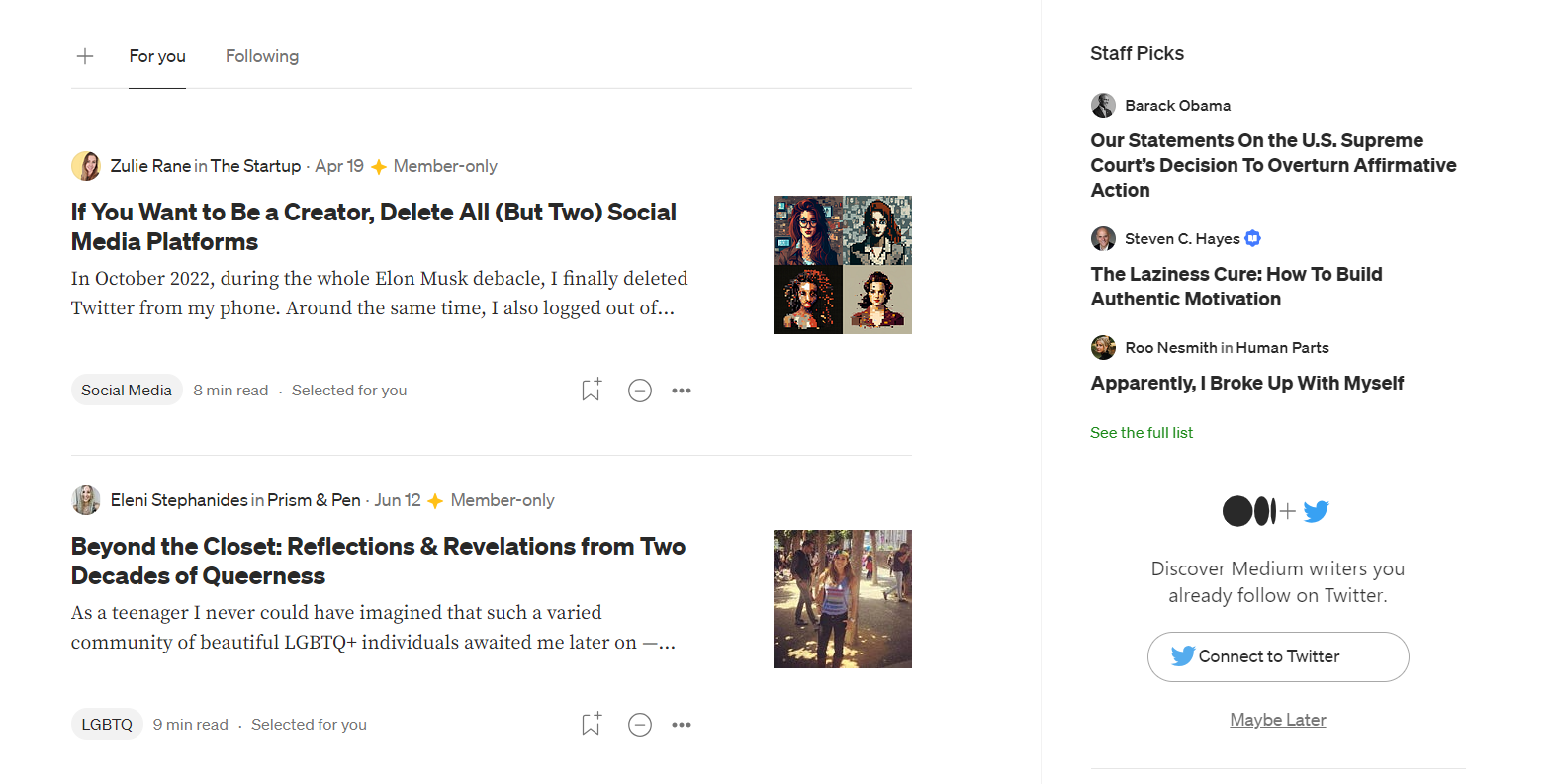
Medium boasts a vast user base, providing writers with an opportunity to reach a wider audience and gain exposure for their work. The platform's extensive reach ensures that your articles have the potential to be discovered by readers who share a genuine interest in your topics.
The platform's curated sections help surface content to relevant readers, increasing the chances of visibility and engagement. By leveraging these discovery mechanisms, you can tap into Medium's distribution network and maximize the exposure of your articles.
Post editor
Medium provides an extensive set of content creation tools, including advanced formatting options, embedded media support with images and video, and the ability to add custom code snippets. The platform enables writers to create visually appealing articles with rich media elements, making it suitable for digital creators who prefer a more visually engaging approach.
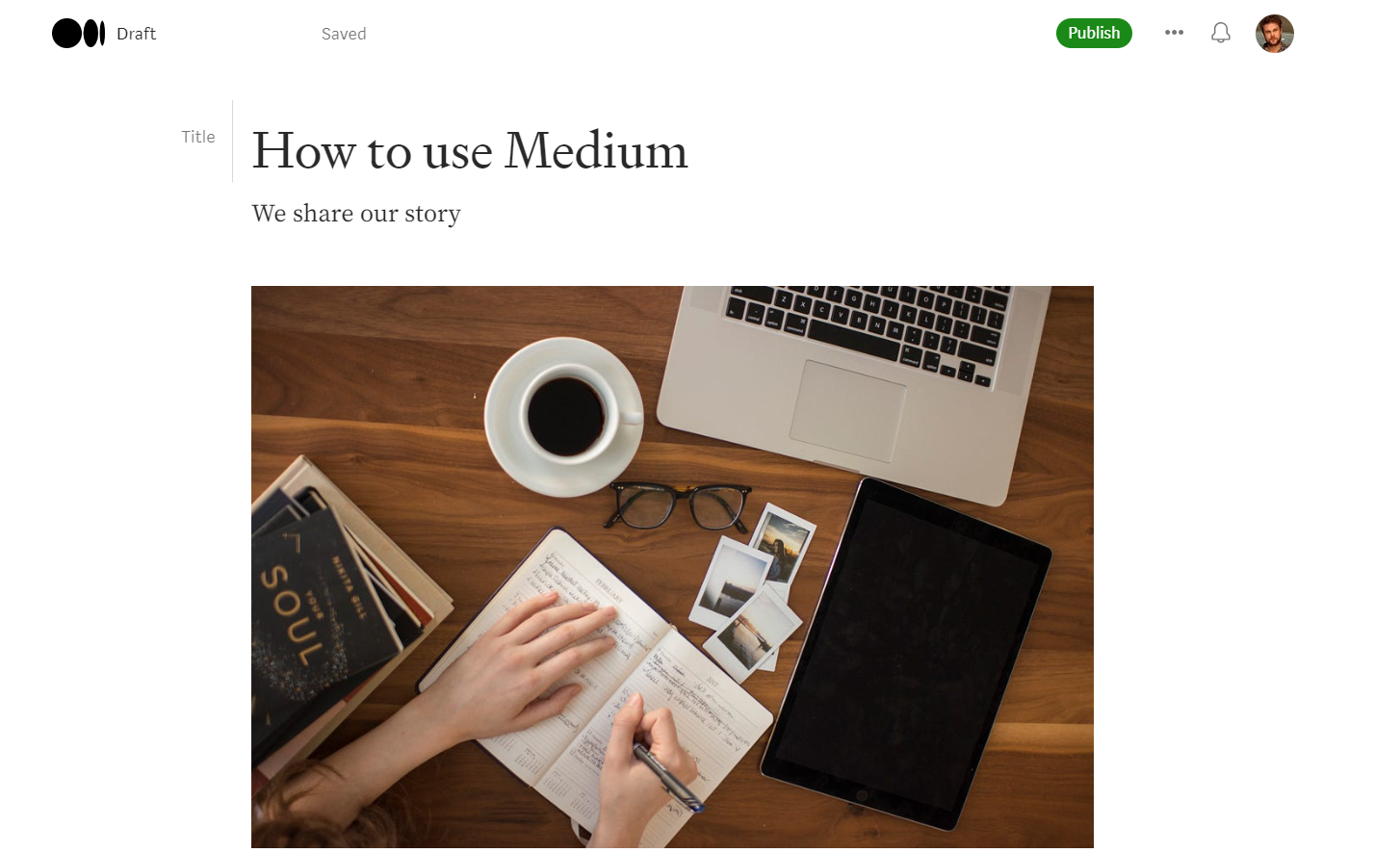
With Medium's flexible post editor, writers can customize the look and feel of their articles to align with their personal brand. The platform supports multimedia integration, allowing for the seamless inclusion of images, videos, and interactive elements. Whether you want to showcase your photography skills or present data through visualizations, Medium allows you to create captivating content.
Network effect
Medium fosters a sense of community through features such as comments, highlights, and recommendations, allowing writers to interact with their readers. These engagement tools facilitate meaningful discussions and create a supportive environment for writers to connect with their audience.
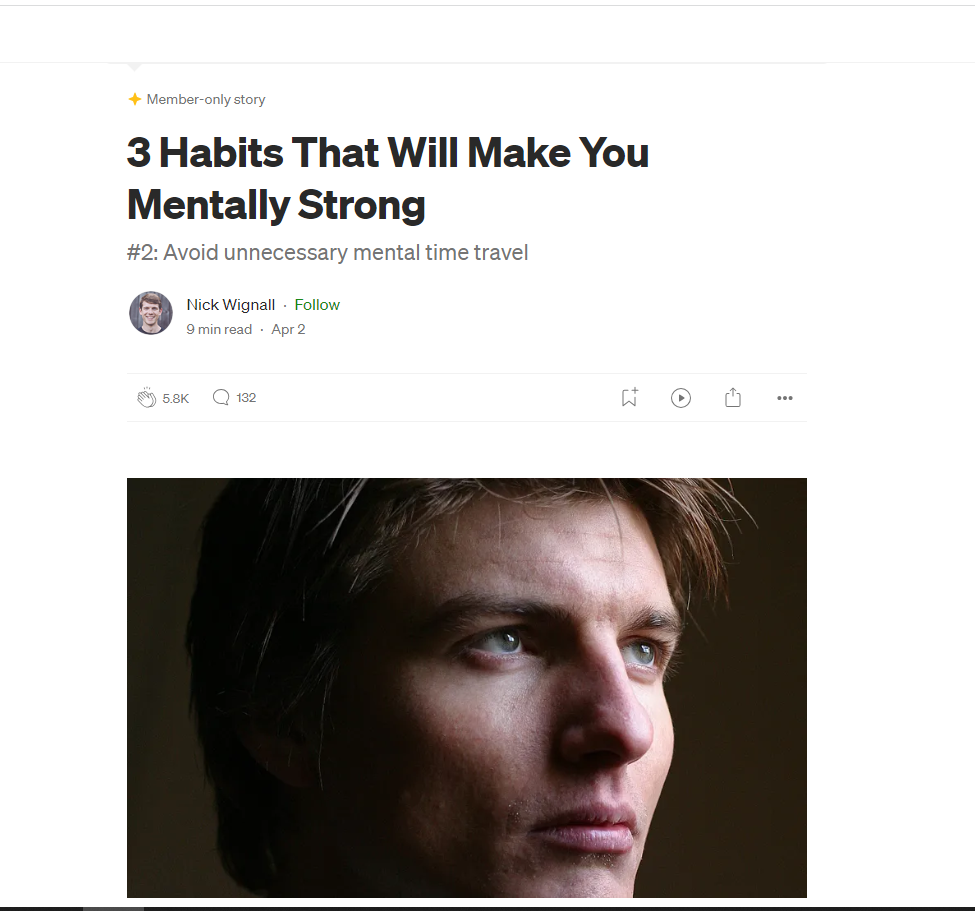
Medium's network effect plays a crucial role in amplifying the reach of writers' content. As readers engage with articles through claps, comments, and shares, Medium's algorithms take note of the interactions and surface the content to a broader audience. This network effect enables writers to gain exposure beyond their existing follower base and attract new readers who are interested in their niche.
How to monetize: Medium's Partner Program
Medium operates on a different monetization model called the Medium Partner Program. Writers can join this program and earn money based on the engagement their articles receive, including claps (Medium's equivalent of likes) and reading time. (While the potential for earnings exists on Medium, the income may be less predictable compared to Substack's subscription-based model.)
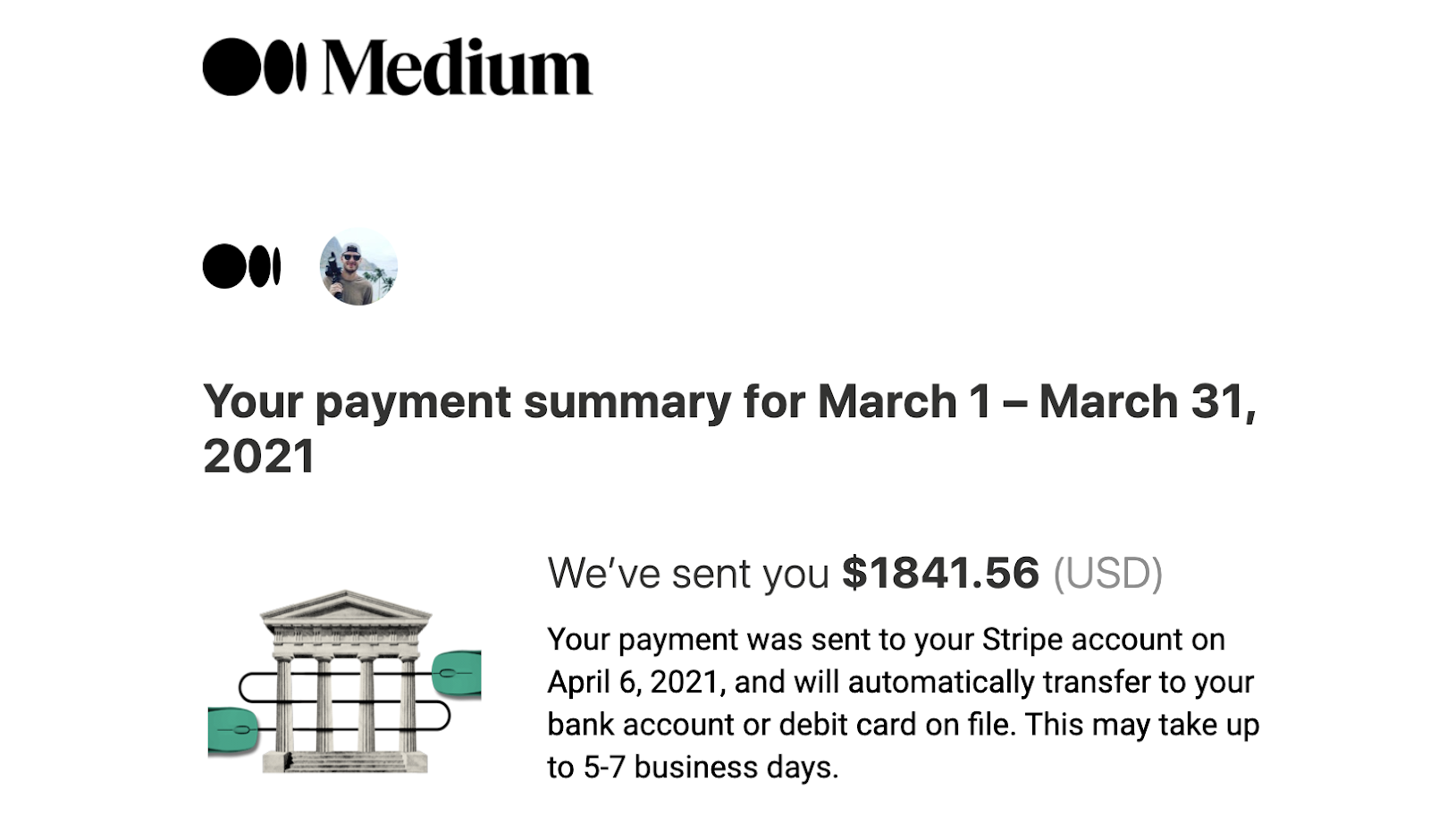
The Medium Partner Program encourages writers to focus on creating engaging and thought-provoking content that resonates with readers. By rewarding articles based on reader feedback and interaction, Medium promotes the development of high-quality content that captivates and inspires its audience. This model provides an opportunity for you to earn income while maintaining a free and open publishing platform.
Conclusion: Medium vs Substack
Substack and Medium offer different things to cater to different creators — the best way to choose the platform for you is to consider what you want to get out of your newsletter/publishing platform. Substack empowers independent writers by providing monetization opportunities, audience ownership, and a simple yet focused writing experience. On the other hand, Medium offers a vast reader base, discoverability features, and a strong sense of community.
By providing valuable and exclusive content to your subscribers, you can generate income and sustain your creative endeavors. Both options serve a different purpose, and it’s up to you to decide which is best for you and your audience. Happy writing!
Subscribe for updates
Stay up to date on Memberful's latest product updates, insights, and teaching centered around growing your community.
Have an audience?
Customers like Mythical (28+ million subscribers) rely on Memberful to power their membership communities.
Get started for free